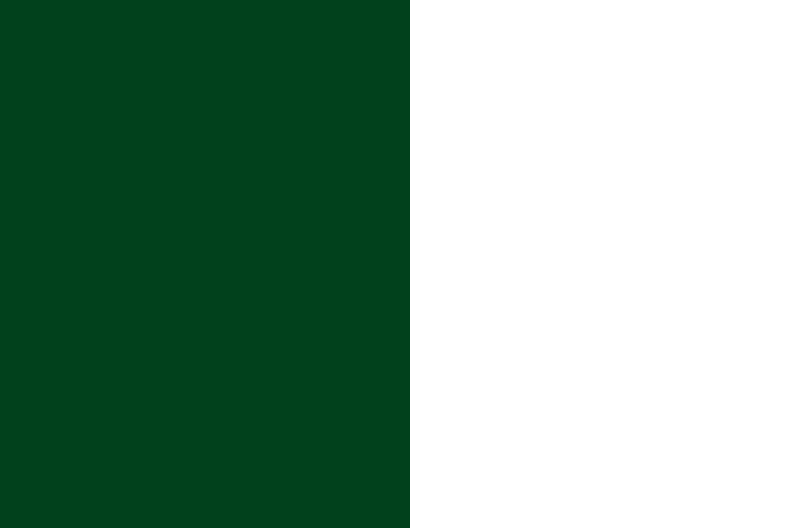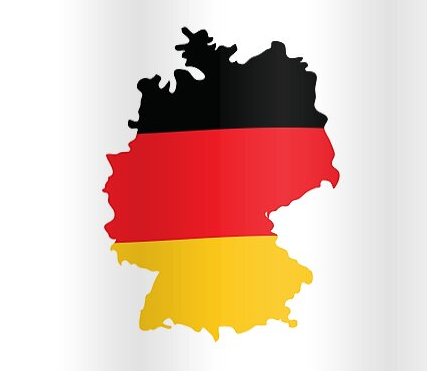Let’s explore the Dominica National Color. Dominica, often referred to as the “Nature Isle of the Caribbean,” is not just known for its lush landscapes and pristine beaches but also for its vibrant national identity, including its national color. In this article, we’ll delve into the significance of Dominica’s national color – green, yellow, black, white, and red – and explore their historical, cultural, and symbolic importance. Join us on this colorful journey through Dominica’s rich heritage.
The Dominica National Colors
The Vibrant Green
Dominica’s national flag proudly features a prominent green field. This lush green represents the island’s abundant vegetation, earning it the nickname “The Nature Isle.” The dense rainforests, thriving flora, and tropical forests are all encapsulated in this vivid green hue.
The Bright Yellow
Accompanying the green is a striking yellow, symbolizing the nation’s indigenous people, known as the Kalinago. Dominica is one of the few places where the Kalinago culture continues to flourish, and their heritage is a vital part of the island’s identity.
The Bold Black
Black represents the African heritage of Dominica’s people. The descendants of enslaved Africans have played a pivotal role in shaping the island’s history, culture, and traditions. The black in the national color serves as a reminder of their resilience and contributions.
The Pure White
White signifies the peaceful coexistence of Dominica’s diverse ethnic groups. The island is a harmonious blend of cultures, including African, Kalinago, European, and East Indian influences, all living together in unity.
The Fiery Red
Finally, red embodies the courage and strength of the Dominican people. It signifies their determination to overcome challenges and celebrate their vibrant culture. Red also represents the bloodshed by those who fought for Dominica’s freedom and independence.
Historical Significance of Dominica National Color
Dominica’s national color are deeply rooted in its history. When the island gained independence from British colonial rule on November 3, 1978, the flag was officially adopted, featuring this unique color combination. It was a momentous occasion, marking the birth of a sovereign nation.
Cultural Celebrations
The national color are not just symbols on a flag but integral to Dominica’s cultural celebrations. During the annual Independence Day festivities on November 3rd, the entire nation adorns clothing and accessories in green, yellow, black, white, and red. Parades, music, dance, and traditional dishes are all part of the vibrant celebrations.
FAQs About Dominica National Color
1. Are Dominica’s national color unique in the Caribbean?
Yes, Dominica’s national color are distinct and unique in the Caribbean, reflecting the island’s rich cultural diversity and natural beauty.
2. What is the significance of the Kalinago people in Dominica’s history?
The Kalinago people are the indigenous inhabitants of Dominica, and their culture is an essential part of the nation’s identity, symbolized by the yellow in the flag.
3. How can I participate in Dominica’s Independence Day celebrations?
Visitors are welcome to join the festivities during Independence Day on November 3rd. It’s a fantastic opportunity to experience Dominica’s vibrant culture and hospitality.
4. What are some traditional dishes associated with Dominica’s national color?
Popular dishes include Callaloo soup (green), Tannia and Codfish (yellow), Black Pudding (black), Coconut Jelly (white), and Red Mango (red).
5. Can I purchase souvenirs featuring Dominica’s national color?
Yes, you can find a wide range of souvenirs such as flags, clothing, and accessories featuring the national color in local markets and shops.
Conclusion
Dominica’s national color – green, yellow, black, white, and red – encapsulate the island’s rich history, cultural diversity, and natural beauty. These color serve as a vibrant reminder of the nation’s journey to independence and its commitment to unity and resilience. As you explore Dominica, you’ll witness these color not just on the flag but in the warm smiles and welcoming hearts of its people.
References
- “Dominica’s Flag and Coat of Arms.” Government of the Commonwealth of Dominica. https://www.dominica.gov.dm/cms/index.php?q=node/34
- “Dominica: The Nature Island of the Caribbean.” Discover Dominica Authority. https://discoverdominica.com/en/about/nature-island
- “Kalinago Territory: Dominica’s Indigenous People.” Dominica Academy of Arts and Sciences. https://www.dominicaacademy.org/about-kalinago

